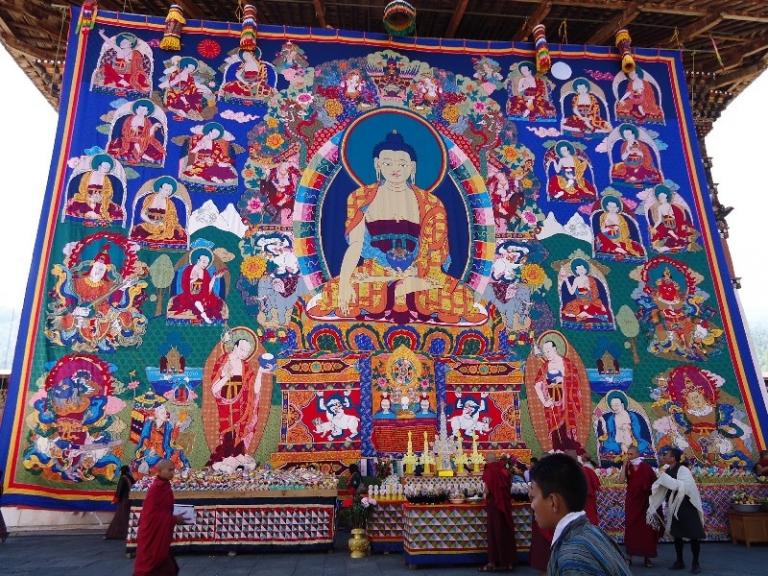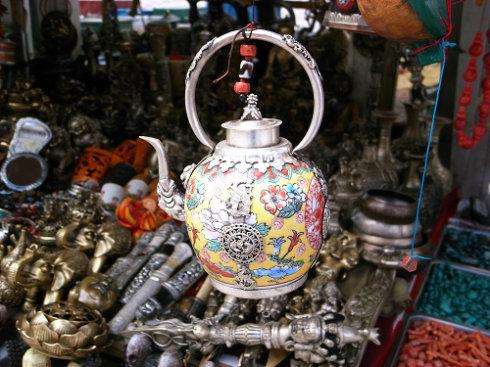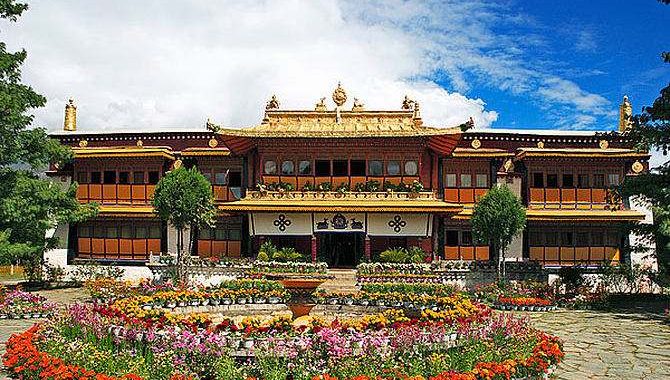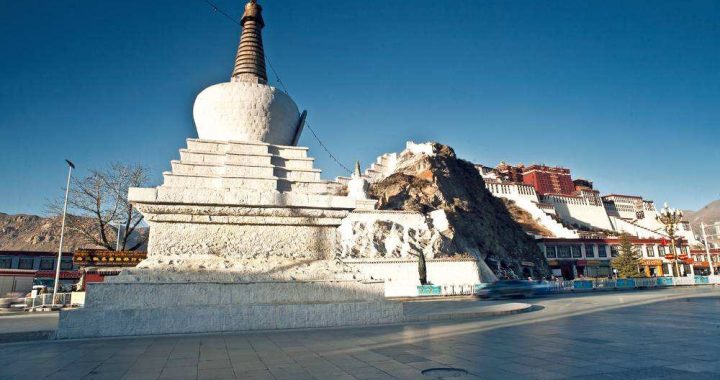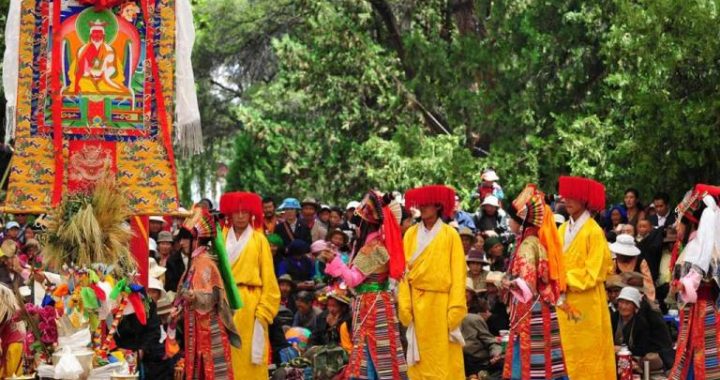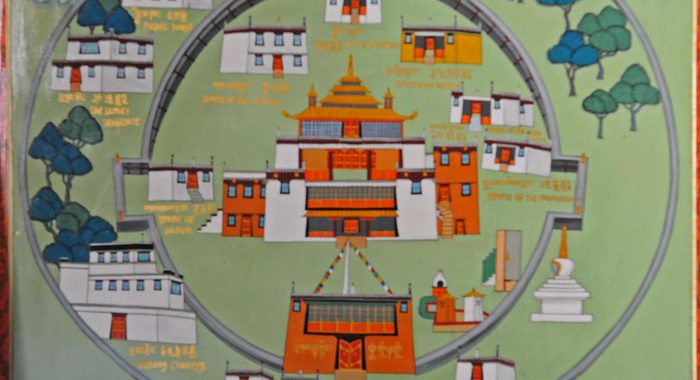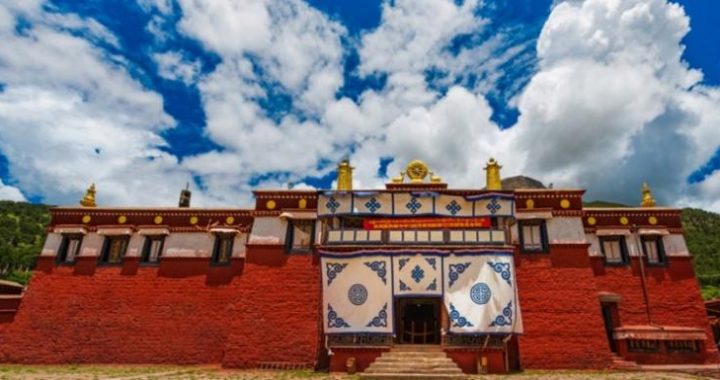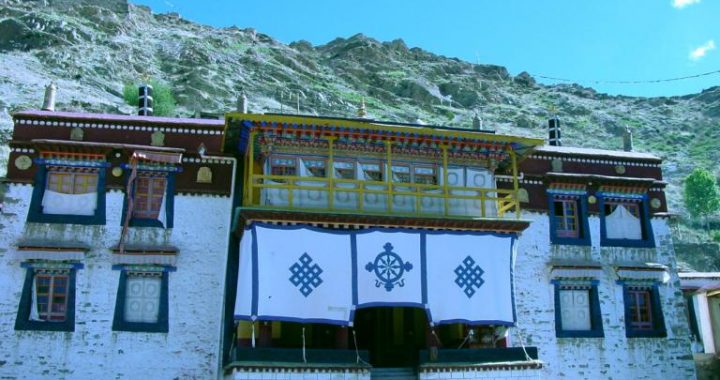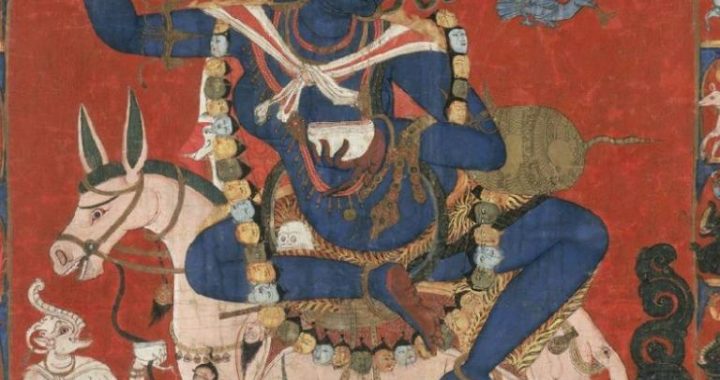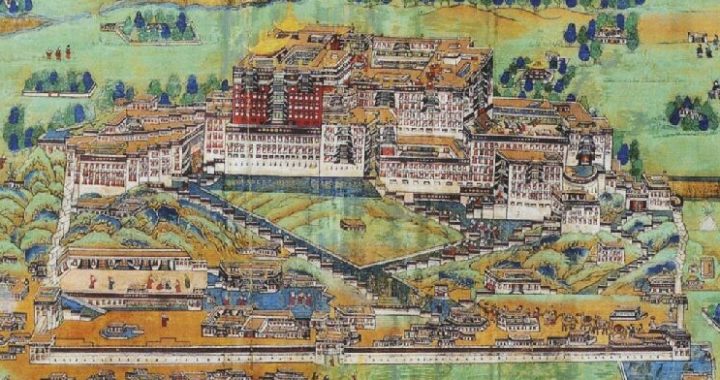The Stage When Magnificent Palaces and Temples
1 min readAfter the 17th century the development of Tibetan Buddhist constructions entered the third stage, or the period witnessing the magnificent palaces and temples reached maturity.
During this period few new temples were built since most of the efforts were devoted to the renovation and expansion of famous existing temples and palaces dating back to the ancient times. Such endeavors added splendor to those constructions and their outbuildings became more diversified and featured sorts of ornaments. Especially after the late 18th century,a lot of outbuildings were constructed around the three major temples in Lhasa and many other temples followed suit, such as Tengye Ling, Shide Ling, Kunde Ling, Tsomo Ling and so on.
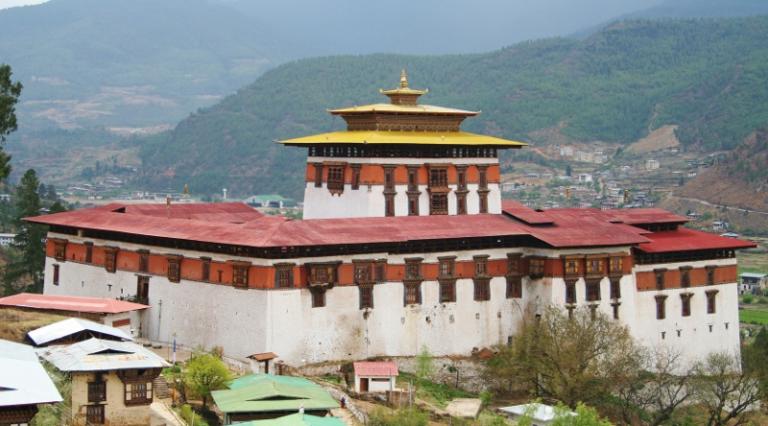
During this period, various sects of Tibetan Buddhism attached importance to thearchitectural decorations while establishing a complete political and religious organization. The gilt top became a prevalent feature of the temples: the Buddhist”law wheel”, temple banner, Eight treasures on the top of the buildings were often found to be constructed of gilt with girders, pillars, corbel arches and otherwooden components. The constructions came to feature more and more ornaments, constituting a resplendent artistic world of temples and palaces.
This period saw the erection of such major temples as the Rengenpeng Monastery, Zari Manastery, Pelkor Chode Monastery, Dorje Dak Monastery, Dratsang Monastery, Phurbu Chok Monastery, Qoidengo Manastery, Qoikoje Monastery, Donggar Monastery, Lhatse Chode Monastery, Shodain Monastery and Norbulinka Monastery. They boast the combined styles of different origins, comprising a remarkable scene.
